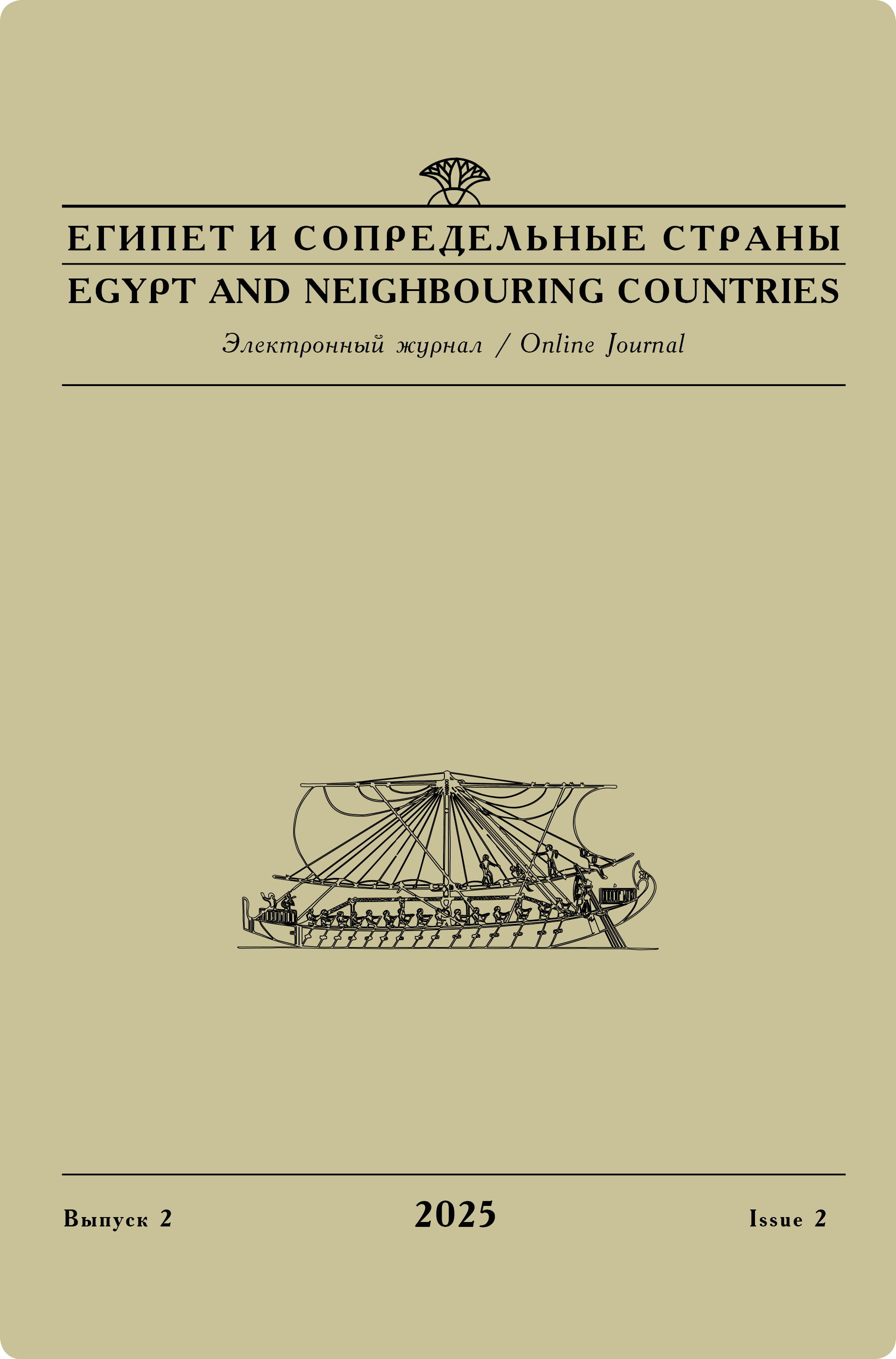Issue 1, 2023
Borutskaya S. B., Vasiliev S. V., Kharlamova N. V.
Paleopatologicheskii analiz ostankov liudei iz fivanskoi grobnitsy TT-23 (Luksor, Egipet) [Paleopathological analysis of human remains from the Theban Tomb TT 23 (Luxor, Egypt)]
A study of paleopathologies of mummified skeletal remains found in the Theban Tomb 23 (Luxor, Egypt; 13th century BC) was conducted. It was established that Cribra orbitalia, a marker of blood diseases, had been the most common pathology of skulls of ancient Egyptians from Luxor. The most characteristic diseases of dental apparatus of individuals buried at TT 23 were enamel hypoplasia and periodontosis caused by malnutrition, vitamins, minerals in food and water, especially in childhood. Osteoporosis was a typical pathology of the postcranial skeleton of the Egyptians of the 13th century BC from Luxor. Cases of other pathologies were isolated. Skeletons of three individuals showed signs of overgrown limb bone fractures. The fractures were of a domestic nature.
Keywords:
paleopathology, dental apparatus, enamel hypoplasia, osteoporosis, osteoarthritis, postcranial skeleton, tomb.
Original language — Russian.
DOI: 10.24412/2686-9276-2023-00001.
Referring: Borutskaya S. B., Vasiliev S. V., Kharlamova N. V. Paleopathological analysis of human remains from the Theban Tomb TT 23 (Luxor, Egypt) [in Russian] // Egypt and neighbouring countries 1 (2023): 1–11. DOI: 10.24412/2686-9276-2023-00001.
Read full article




